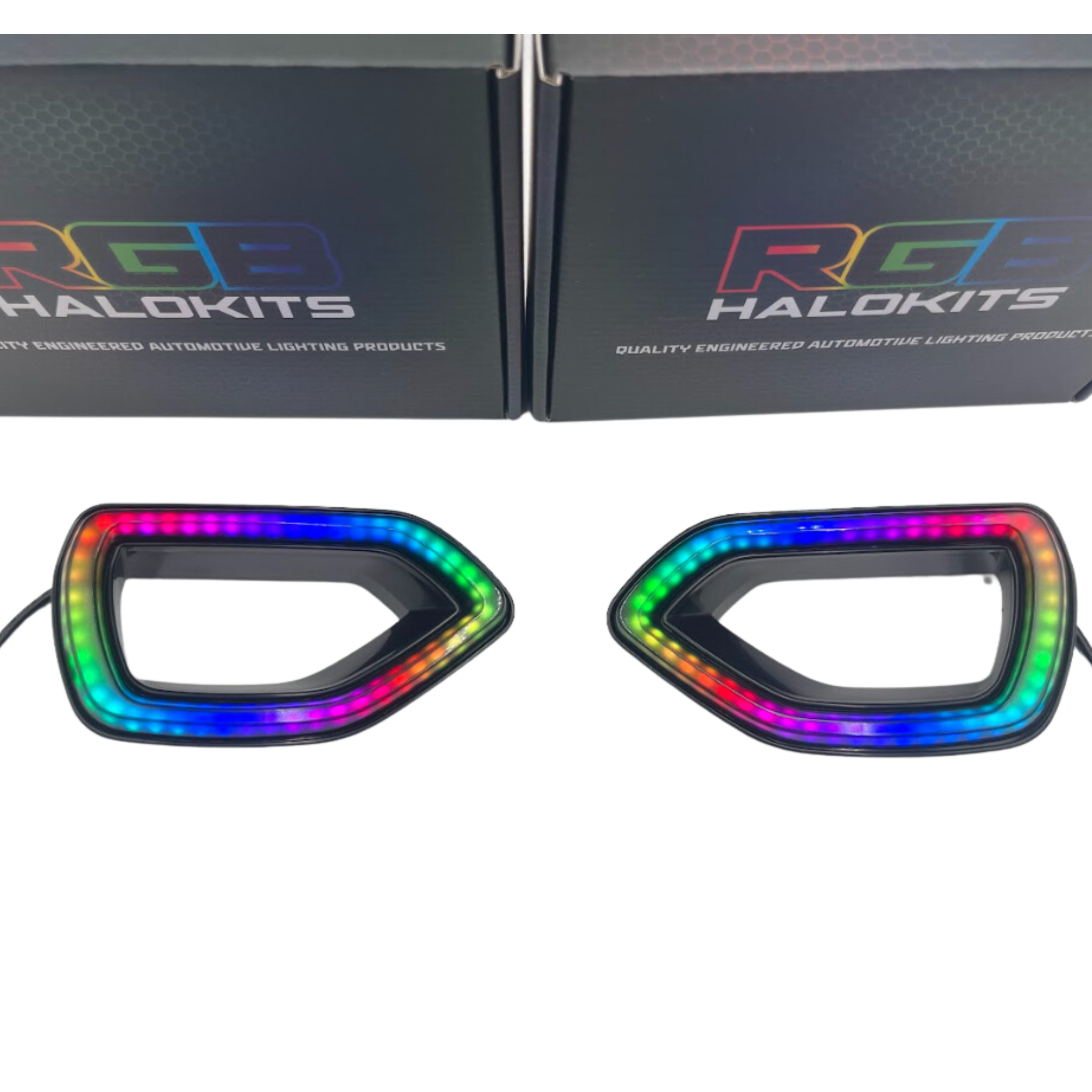Whether you're seeking improved visibility, energy efficiency, or durability, navigating the array of headlight bulb options can be overwhelming. In this guide, we'll unravel the distinctions between HID, halogen, and LED bulbs to help you make an informed choice for your vehicle.
Halogen Headlight Bulbs
Halogen bulbs, the traditional choice, pass electricity through a tungsten filament to produce light. While cost-effective and easy to replace, they're less bright and have a shorter lifespan than newer options.
Drawbacks of Halogen Bulbs:
- Limited Brightness: Halogen bulbs are dimmer than HID or LED bulbs.
- Short Lifespan: They need more frequent replacement.
- Sensitivity to Voltage: Halogen bulbs are prone to burnout due to voltage fluctuations.
HID Headlight Bulbs
HID bulbs use electric currents in a gas-filled chamber to emit bright, white light. They outshine halogen bulbs and last up to three times longer.
Advantages of HID Bulbs:
- Enhanced Brightness: HID bulbs significantly improve visibility.
- Extended Lifespan: They require less frequent replacement.
- Natural-Looking Light: HID bulbs resemble daylight, reducing eye strain.
LED Headlight Bulbs
LED bulbs are energy-efficient and durable, using light-emitting diodes (LEDs) to produce light.
Advantages of LED Bulbs:
- Energy Efficiency: LED bulbs consume less power.
- Longevity: They last longer than HID and halogen bulbs.
- Instant Illumination: LED bulbs provide immediate light.
In conclusion, your selection among HID, halogen, and LED bulbs should align with your preferences and budget. While HID bulbs prioritize brightness and lifespan, LED bulbs prioritize energy efficiency and durability. Ensuring proper installation and alignment is essential for road safety.
 Skip to content
Skip to content





